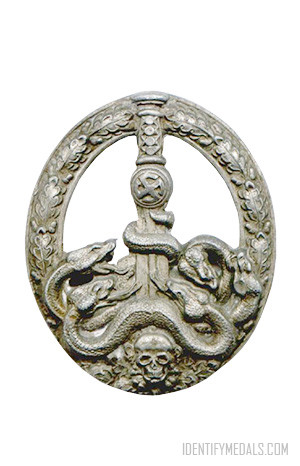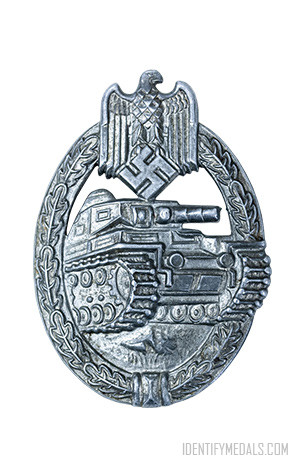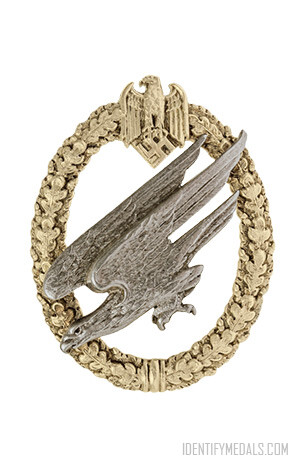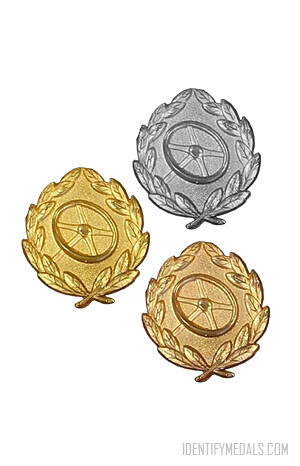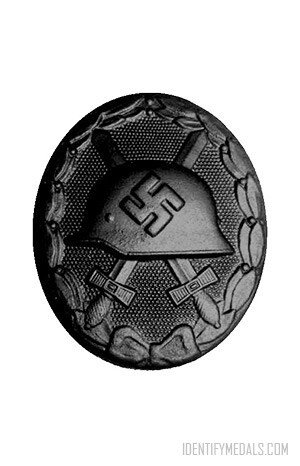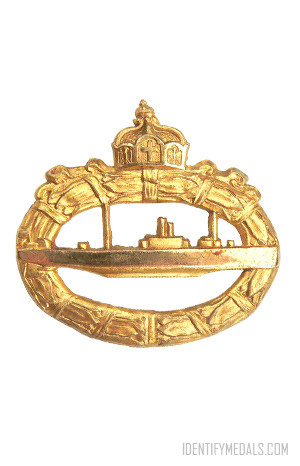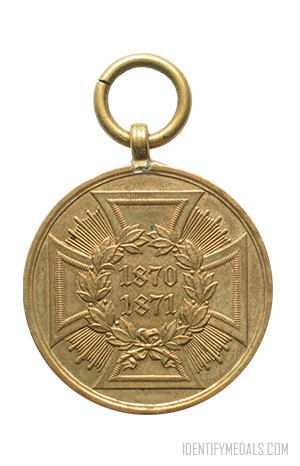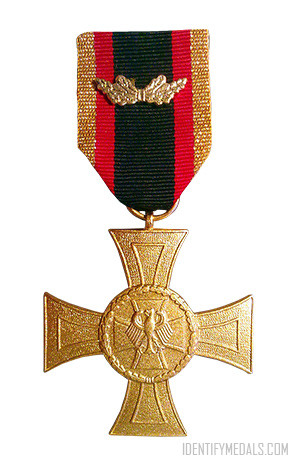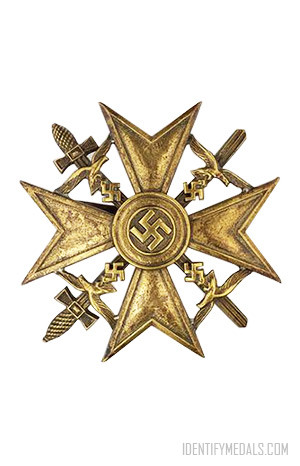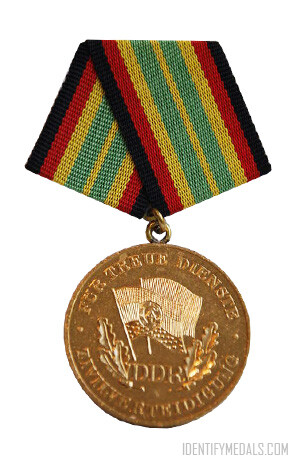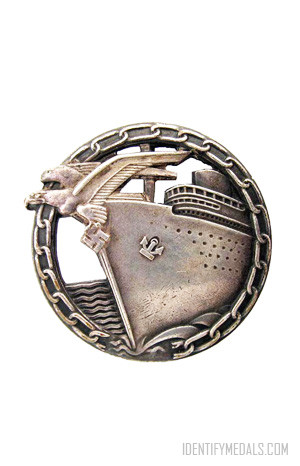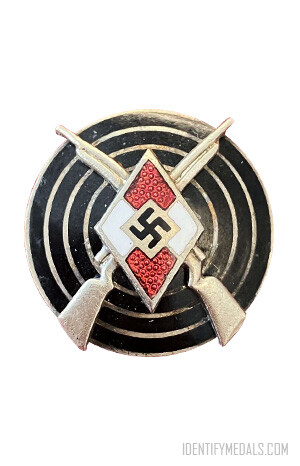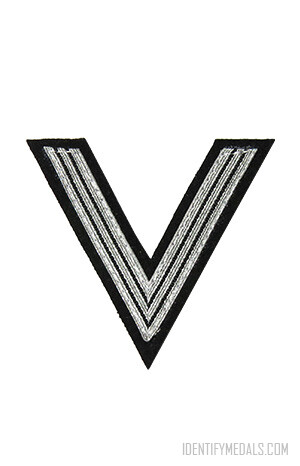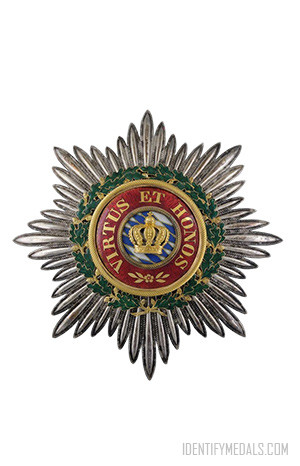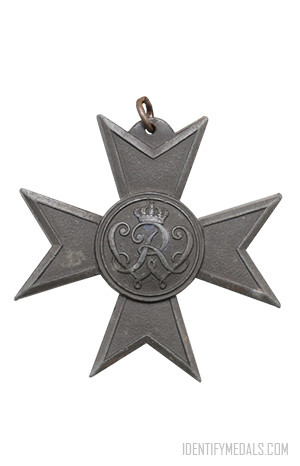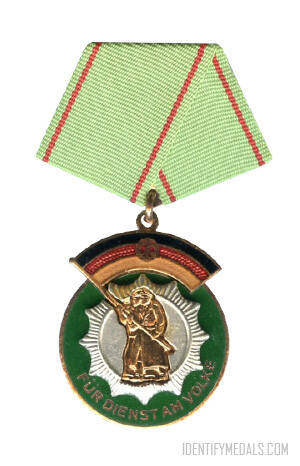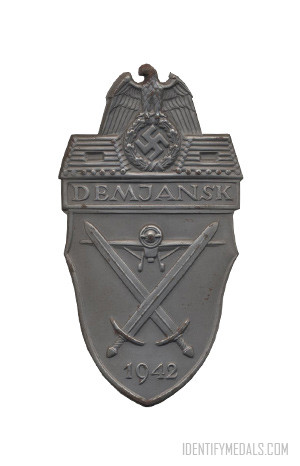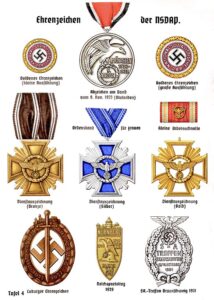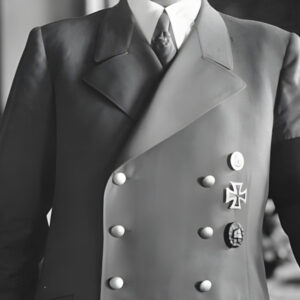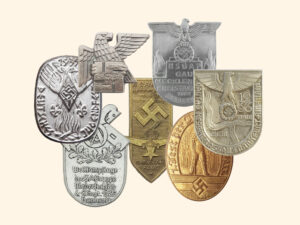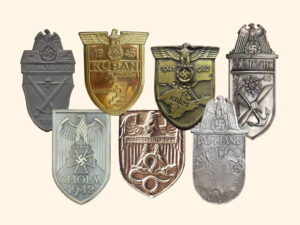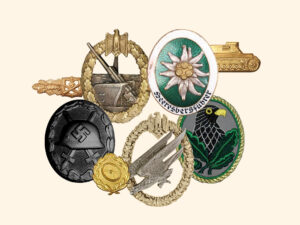- Time Period: Nazi Germany (Interwars Period, World War II)
- Institution: 30 January 1944
- Country: Germany
The Anti-Partisan Guerrilla Warfare Badge (Bandenkampfabzeichen in German) is a war badge awarded to Heer, Luftwaffe, and Waffen-SS personnel during World War II. It was instituted on 30 January 1944 and referred to as “Bandenkampf-Abzeichen”, because Heinrich Himmler decided the term Banden was better than the term “partisans” – as to not give credence to the guerrillas that were active in almost Germany-occupied countries during WW2.
While many of these resistance movements were initially small and disorganized, a lot coalesced into larger, more powerful bands of fighters. For example, in Greece, Russia and the Yugoslavian states, the partisans had become large enough to require increasing German manpower and resources.
The Anti-Partisan Guerrilla Warfare Badge was created to recognize the soldiers of the Axis that were involved in these behind-the-lines battles. There were three grades for this badge:
- Bronze: For 20 days in combat.
- Silver: For 50 days in combat. And
- Gold: For 100 days in combat.
For the Luftwaffe, the criteria was based on sorties instead of days in action.
The Anti-Partisan Guerrilla Warfare Badge Design
The design of the badge is a wreath with a sword placed vertically in the center. The handle has a sun wheel swastika, representing the Nordic and auxiliary forces. The sword plunges into a Hydra, or multi-headed sea serpent representing the Partisans.
The Hydra was a mythical Greek creature, considered almost impossible to destroy because its heads would grow again after being cut off – alluding to the ever-growing presence of Partisan activities.
More Army/Waffen-SS War Badges
The Army/Waffen-SS war badges were military decorations awarded by Nazi Germany to members of the Army (Heer) and the Waffen-SS. Explore the complete collection below:

